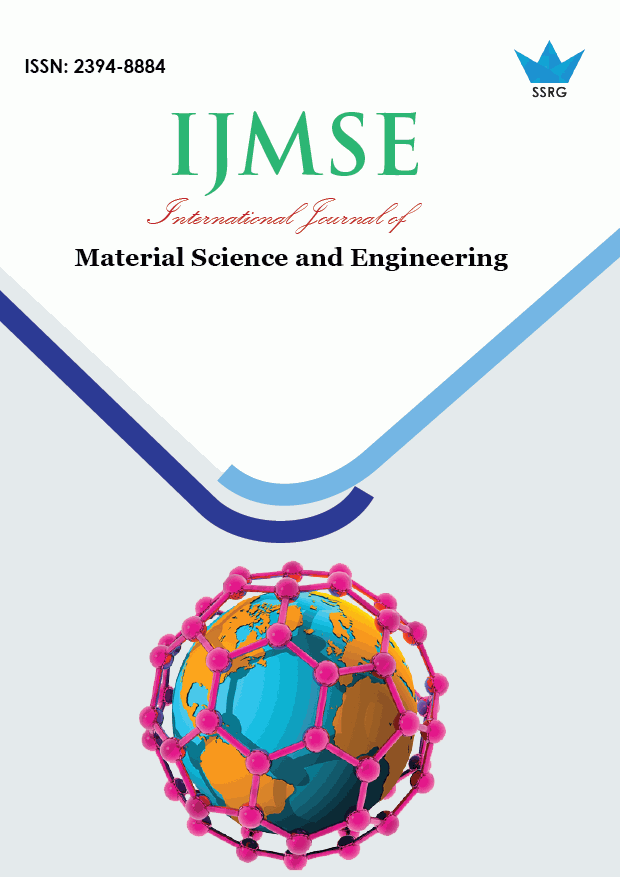Orderings of the Crystal Structures of Elements after the Allotropic Transformation

| International Journal of Material Science and Engineering |
| © 2017 by SSRG - IJMSE Journal |
| Volume 3 Issue 3 |
| Year of Publication : 2017 |
| Authors : Yoshiharu Mae |
How to Cite?
Yoshiharu Mae, "Orderings of the Crystal Structures of Elements after the Allotropic Transformation," SSRG International Journal of Material Science and Engineering, vol. 3, no. 3, pp. 1-11, 2017. Crossref, https://doi.org/10.14445/23948884/IJMSE-V3I6P101
Abstract:
In the previous report, it was shown that the crystal structures and solubility of elements on metals are distributed regularly on the thermal conductivity-Young’s modulus diagram developed by the author. The elements of bcc structures lie on the straight line of the refractory metals and on the curve of alkali metals. The elements of fcc structures lie on the curve of fcc metals. The elements of hcp and miscellaneous structures are located elsewhere. Many elements transform to other crystal structures at high temperatures. The orderings of the crystal structures after the allotropic transformations were examined. The elements which transform to bcc structures occupy the space between the straight line of refractory metals and the curve of alkali metals. The elements which transform to fcc structures after the allotropic transformations were Fe and Co, and some elements with low thermal conductivity including Mn. The elements which transform to bcc structures show large solubility in bcc structured matrix metals. In the same way, the elements which transforms to fcc structures show large solubility in fcc structured matrix metals. Mn is located in the low thermal conductivity region on the TC-YM diagram, and undergoes multiple transformations. It shows large solubility in both bcc structured and fcc structured matrix metals.
Keywords:
Crystal structure; Allotropic transformation; Solubility; Thermal conductivity; Young’s modulus.
References:
[1] Y. Mae, “What the Darken-Gurry plot means about the solubility of elements in metals,” Metall. Mater. Trans. A, vol.47, pp. 6498-6506, Dec, 2016.
[2] Metals Data Book, Japan Institute of Metals, 1993.
[3] Y. Mae, “Schematic interpretation of anomalies in the physical properties ofv Eu and Yb among the lanthanides,” Int. J. Mater. Sci. Appl., vol. 6, pp. 165-170, Jun, 2017.
[4] D. R. Askeland, The Science and Engineering of Materials, 3rd. ed. Boston, USA: PWS, 1989.
[5] R. E. Hummel, Understanding Materials Science, New York, USA, Springer-Verlag, 1998.
[6] H. K. D. H. Bhadeshia and R. W. K. Honeycombe, Steels, 3rd ed., London, UK, Elsevier, 2006.
[7] M. Tanino and S. Suzuku, Science of Steel, Tokyo, Japan, Uchida-rokakuho, 2006.
[8] S. Kohara, Introduction to Metallic Materials, Tokyo, Asakura, 1999.
[9] NIMS Material Database, Available: htto://crystdb.nims.go.jp.
[10] Y. Mae, “Anthropic principle observed in the material properties of Fe,” J. Mater. Sci. Res., vol. 6, pp. 11-19, Jun, 2017.

 10.14445/23948884/IJMSE-V3I6P101
10.14445/23948884/IJMSE-V3I6P101